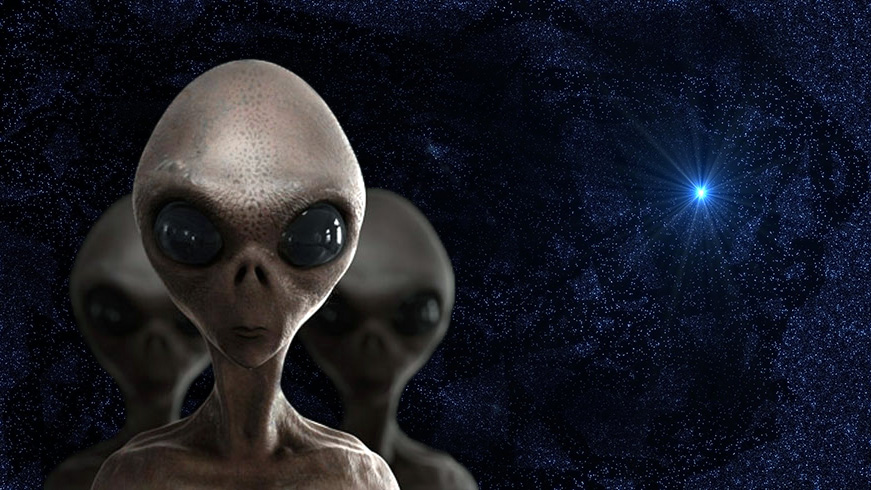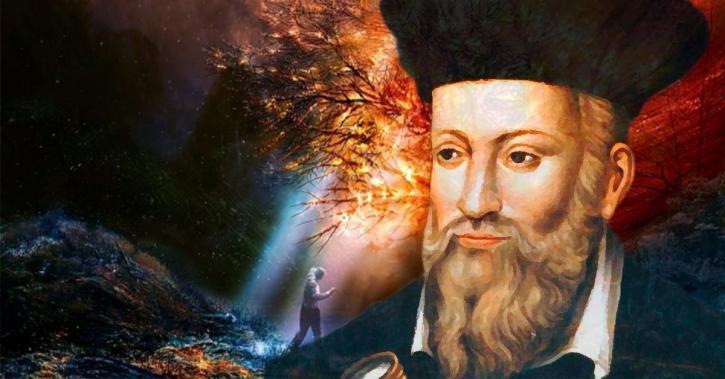Mythical creatures from Africa
 For centuries, Africa remained for Europeans unknown mysterious continent. It was believed that ancient creatures could still live on the “black” continent, and that is why numerous scientific expeditions were striving to Africa. Those who relied on scientific sensation were even more than treasure hunters. In our review of the 10-ka mythical creatures who allegedly lived in Africa not so long ago.
For centuries, Africa remained for Europeans unknown mysterious continent. It was believed that ancient creatures could still live on the “black” continent, and that is why numerous scientific expeditions were striving to Africa. Those who relied on scientific sensation were even more than treasure hunters. In our review of the 10-ka mythical creatures who allegedly lived in Africa not so long ago.
1. Mokele-Mbembe
Mythical creatures from Africa
In 1912, one of the most famous naturalists in the world was convinced that a prehistoric creature lives in the depths of Africa. Karl Hagenbeck was an early pioneer in the field of zoology and the humane treatment of animals. During his trip to Rhodesia, he learned several stories about a half-dragon half-half living in the remote swamps of this region. Supposedly, there are ancient cave paintings depicting this creature. But the expedition sent by Gagenbeck failed and returned without any new information.
The following year, Germany sent Captain Freiherr von Stein zu Lausnitz to explore the wetlands of West Africa and Cameroon. The expedition was to map the region, collect botanical specimens, and document any new types of animals that it would discover. The expedition was withdrawn due to the outbreak of war, and its reports sunk into obscurity for decades until they were published by naturalist Willie Ley.
According to Leia, the Germans discovered what Hagenbeck had previously said: a prehistoric creature. Von Stein zu Lausnitz called him Mokele-Mbembe and stated that a creature the size of an elephant has a long alligator-like tail, neck, which resembles a brontosaurus, and a long horn or tooth protruding from its head.
2. Ninki-Nanka
Richard Freeman – a researcher who recently went to Africa in search of one of the most elusive creatures of the continent. According to legend, Ninky-Nanka is a huge reptile, somewhat similar to a crocodile. Some locals even claim that the creature can spit fire. Most people say that the creature has a head that looks like a horse, combs or wings, and that the length of Ninki-Nanka is about 50 meters.
According to those who believe in Ninki-Nanka, there is very little information about this creature, because those who see it will soon die. Freeman, a former employee of the zoo, is convinced that there is a rational explanation for this cryptozoological phenomenon – Ninky-Nanka may be one of the previously unknown forms of the monitor lizard.
3. Incident in Ariel
To begin with, when Harvard Psychiatrist Dr. John Mack talked to witnesses to his meeting with extraterrestrial life in 1994, he came to the conclusion that the “contactees” were telling the truth. On September 16, 1994, about 60 children from 5 to 12 years old were playing near their school on the outskirts of the capital of Zimbabwe, when they saw a large spacecraft, as well as several smaller ships that sailed over the forest. The device landed near the playground, after which, according to the children, strange creatures approached them. All children described them as small people with long black hair and huge eyes. The contact lasted about 15 minutes. It is curious that up to this point the children had no clue about UFOs.
4. Marosi
Marosi (“lone lion”) is a spotted cat that has been spotted all over East and Central Africa. According to eyewitnesses, the creature is smaller than a regular lion. Despite the fact that it resembles its more famous brother, the coat of marozi is covered with gray-brown spots all over its back and sides.
In 1931, farmer Michael Trent shot a pair of spotted lions that attacked cattle on his farm. In 1933, explorer Kenneth Gandar Dover set off on an expedition to the mountains of Kenya to find an unusual beast, which was considered a semi-semi-semi-semiopard. However, he returned empty-handed, finding only unusual footprints. The question still remains open. Some people claim that the spotted lion is just a myth, others claim that they saw it with their own eyes.
5. Congamato
Researcher Frank Melland went to south-central Africa to spend some time there, living among the Kaonde tribe in 1912. At this time, the locals told him about a creature called kongamato (literally, “turning the boat”). Melland devoted a whole section of his book to this creature, since it plays an important role in the kaonde culture. He also noted that the kaonde had charms to protect them from congamatous – lizard-like creatures with bat wings of 1-2 m. When Melland showed some of the witnesses to the pterodactyl drawing, they confirmed that it was congamatous.
6. Umdglebi tree
Cryptobiology is a science that deals with the search and description of undocumented plants. Moreover, it is often very strange plants. When missionary Henry Callaway published a report on the religious system of the Zulus in 1870.




